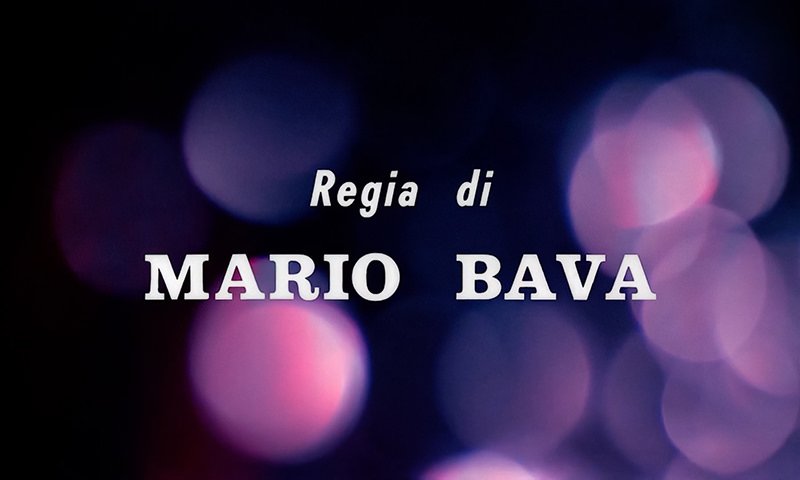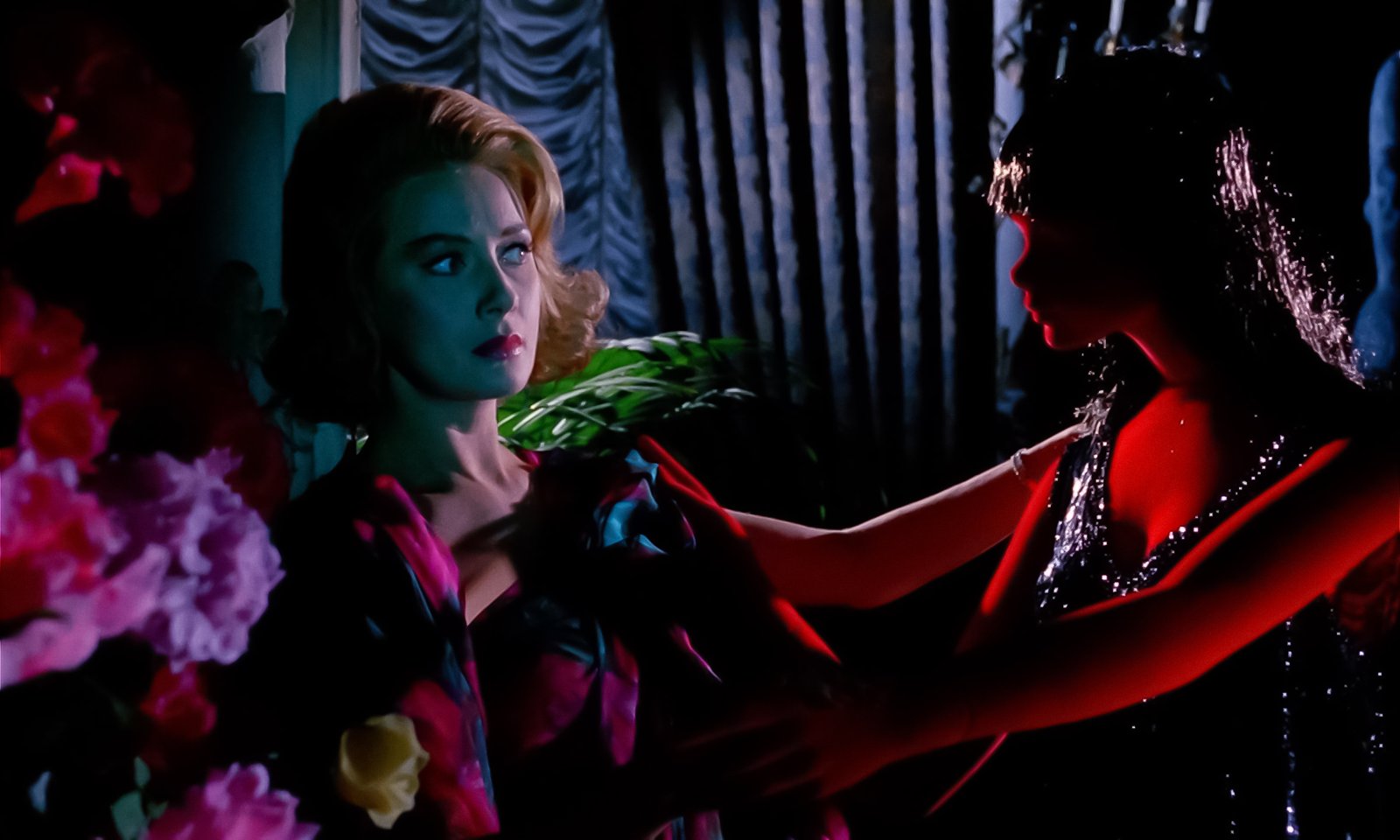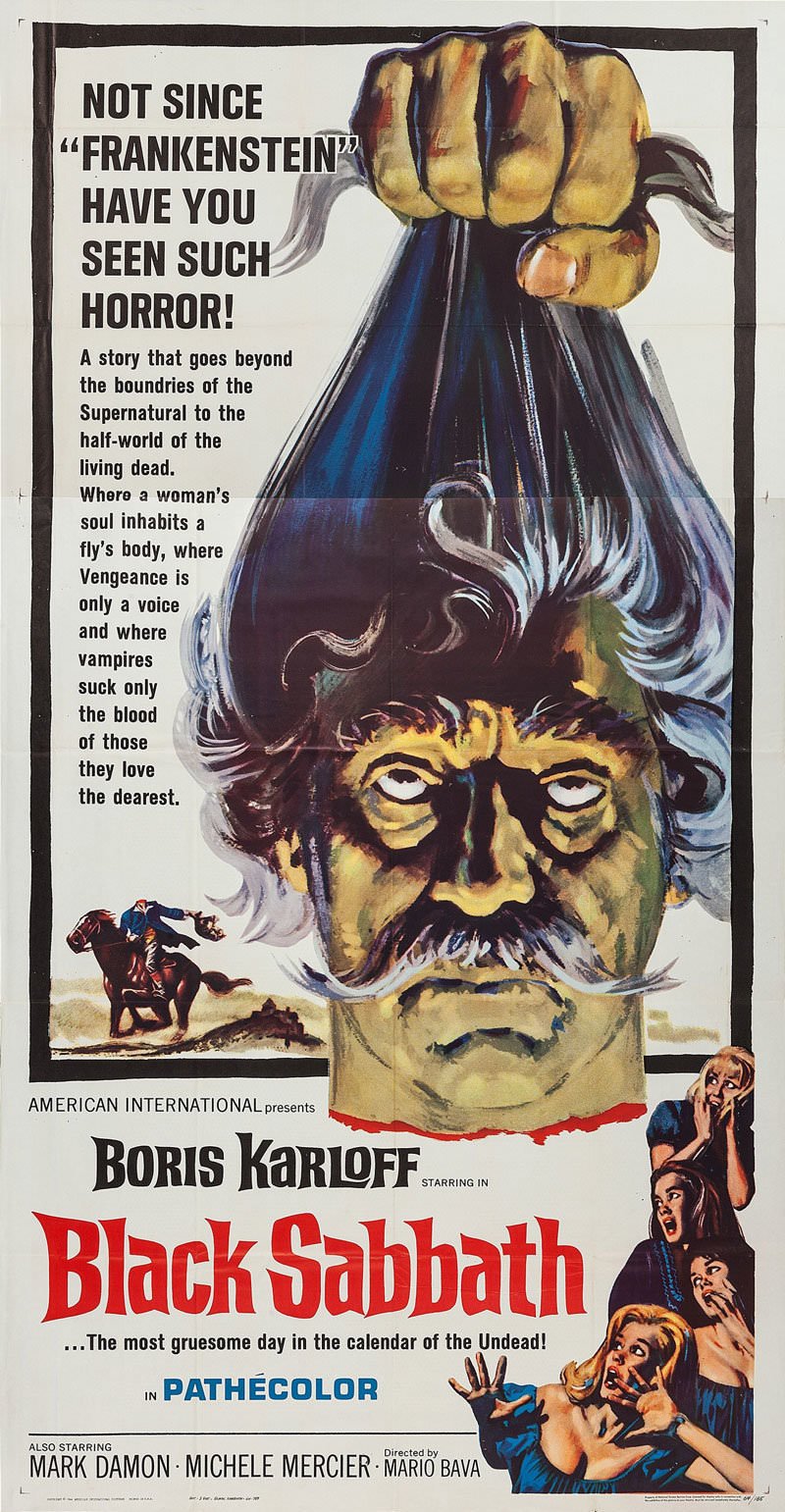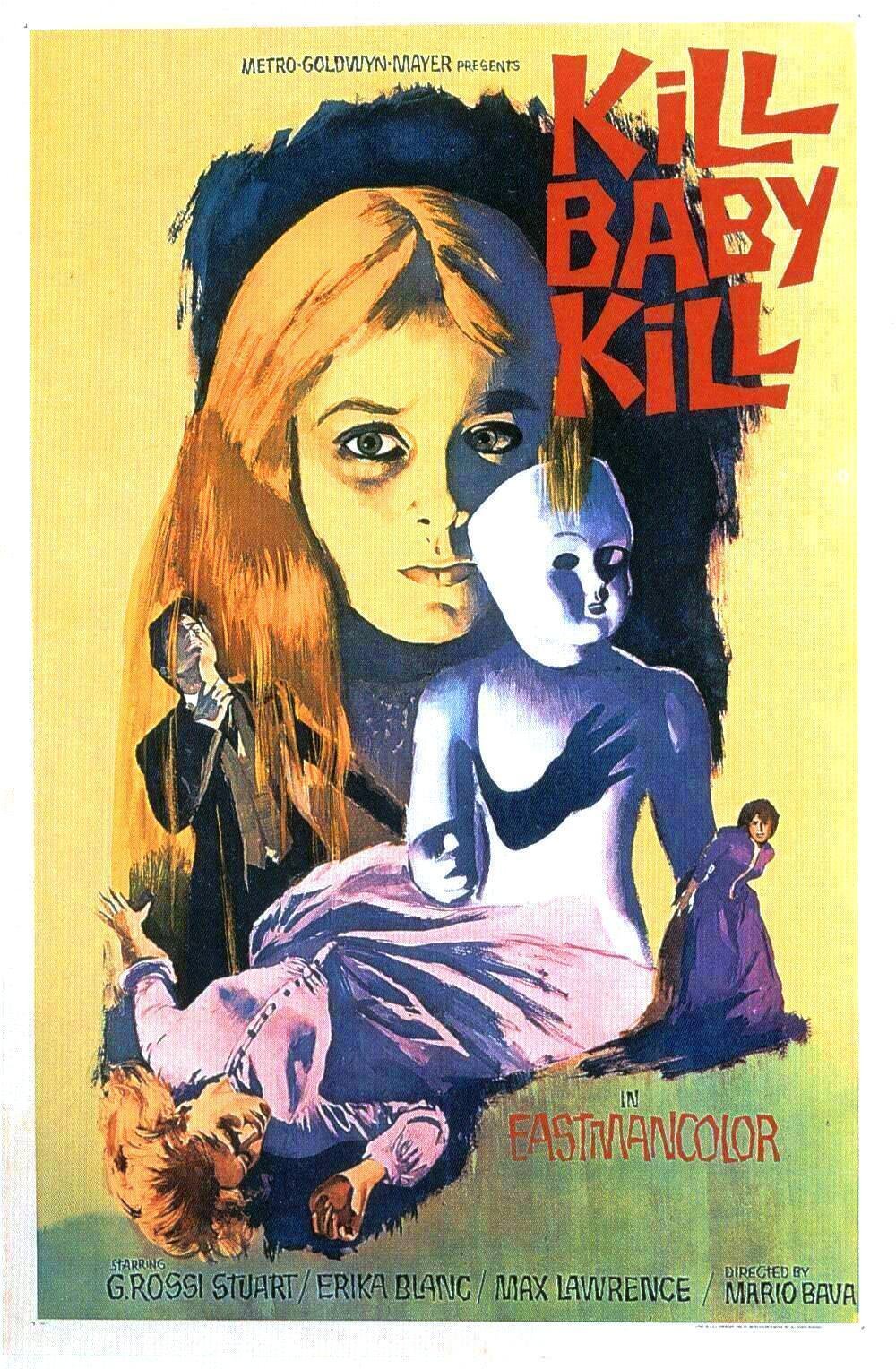Mario Bava - Master of the Macabre
This is a custom heading element.
Mario Bava was an Italian director that influenced names like Martin Scorsese, Tim Burton, Quentin Tarantino, John Carpenter, and Guillermo del Toro and is credited with being one of the progenitors of the American slasher movies from the 80s like Friday the 13th and Nightmare on Elm Street. With moody atmospheres and masked killers in brutal murder scenes, Bava and his contemporaries often worked with low budgets and short shooting schedules, creating titles labeled vulgar and unsophisticated by the critics of his time, rarely reaching commercial success.
To make matters worse, distributors usually altered the director’s cut and overdubbed versions in English for the international market. With so many variants, it is curious how his movies stood the test of time and became cult classics among the thriller, horror, and science fiction genres.
The Giallo Cinema Movement
Cheap and popular storybooks with yellow covers inspired the Giallo (yellow in Italian) films. The publications were similar to the pulp magazines in the United States, and the narrative often had the same theme: a masked killer terrorizes countless victims, and the mystery of the murderer’s identity is revealed at the end of the plot.
So it’s safe to say that the storyline is not the only factor in Bava’s influential position in the movie industry. What is gripping in his work is his storytelling and cinematographic skills.

The dedication to perfection is present in his every frame. Mario Bava was a son of a sculptor and cinematographer and dreamed of becoming a painter at a young age. In a way, he followed his dream of becoming an artist, only using a different medium. His monochromatic photography is widely hailed, and his use of color is striking in a way that can help define the visual language of the 60s and 70s. His influence transcended the big screen to visual artists like Andy Warhol and Roy Lichtenstein and musicians like the heavy metal godfathers – Black Sabbath.
Today, his most acclaimed titles are available, restored in high definition, and faithful to Bava’s vision. If you are like me, a fan of disturbing and morbid tales, a dive into his world is a must, a lesson in visual composition on how to paint violent pictures into a work of art.
This is a custom heading element.
Mario Bava was an Italian director that influenced names like Martin Scorsese, Tim Burton, Quentin Tarantino, John Carpenter, and Guillermo del Toro and is credited with being one of the progenitors of the American slasher movies from the 80s like Friday the 13th and Nightmare on Elm Street. With moody atmospheres and masked killers in brutal murder scenes, Bava and his contemporaries often worked with low budgets and short shooting schedules, creating titles labeled vulgar and unsophisticated by the critics of his time, rarely reaching commercial success.
To make matters worse, distributors usually altered the director’s cut and overdubbed versions in English for the international market. With so many variants, it is curious how his movies stood the test of time and became cult classics among the thriller, horror, and science fiction genres.

The Giallo Cinema Movement
Cheap and popular storybooks with yellow covers inspired the Giallo (yellow in Italian) films. The publications were similar to the pulp magazines in the United States, and the narrative often had the same theme: a masked killer terrorizes countless victims, and the mystery of the murderer’s identity is revealed at the end of the plot.
So it’s safe to say that the storyline is not the only factor in Bava’s influential position in the movie industry. What is gripping in his work is his storytelling and cinematographic skills.
The dedication to perfection is present in his every frame. Mario Bava was a son of a sculptor and cinematographer and dreamed of becoming a painter at a young age. In a way, he followed his dream of becoming an artist, only using a different medium. His monochromatic photography is widely hailed, and his use of color is striking in a way that can help define the visual language of the 60s and 70s. His influence transcended the big screen to visual artists like Andy Warhol and Roy Lichtenstein and musicians like the heavy metal godfathers – Black Sabbath.
Today, his most acclaimed titles are available, restored in high definition, and faithful to Bava’s vision. If you are like me, a fan of disturbing and morbid tales, a dive into his world is a must, a lesson in visual composition on how to paint violent pictures into a work of art.







